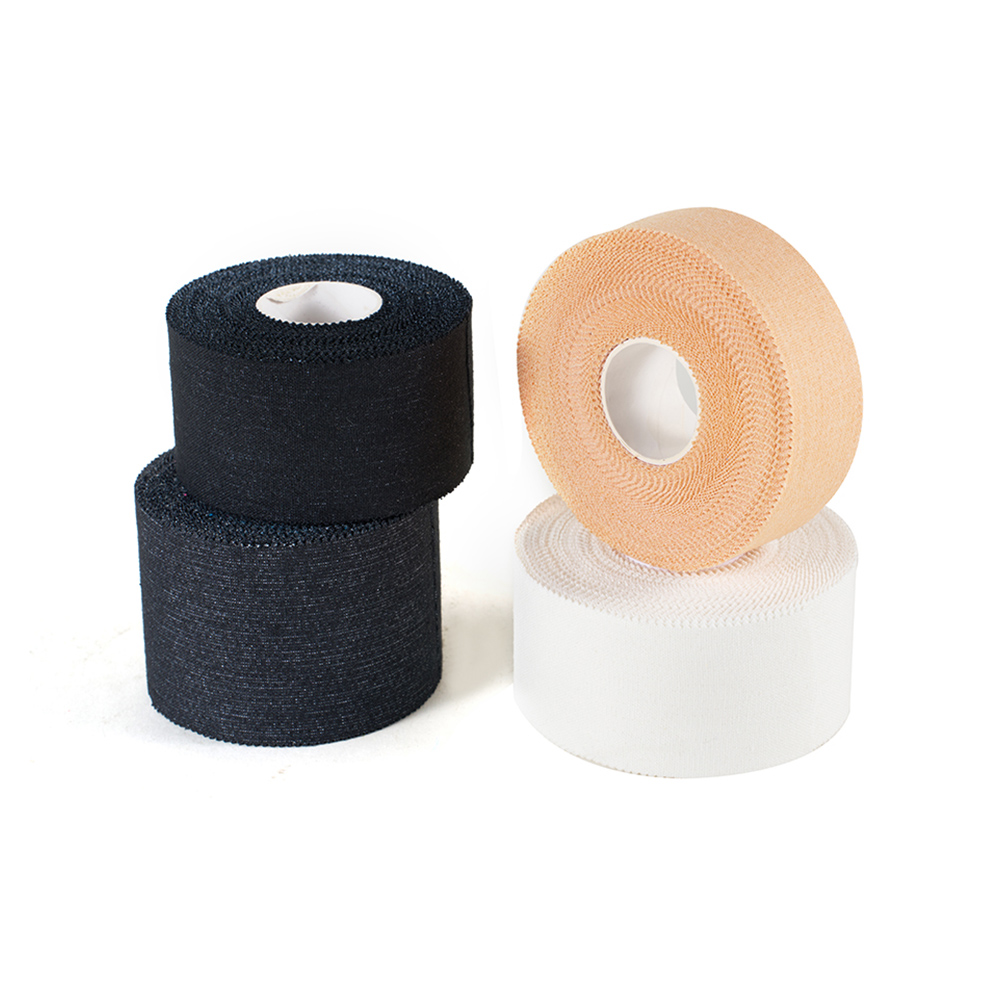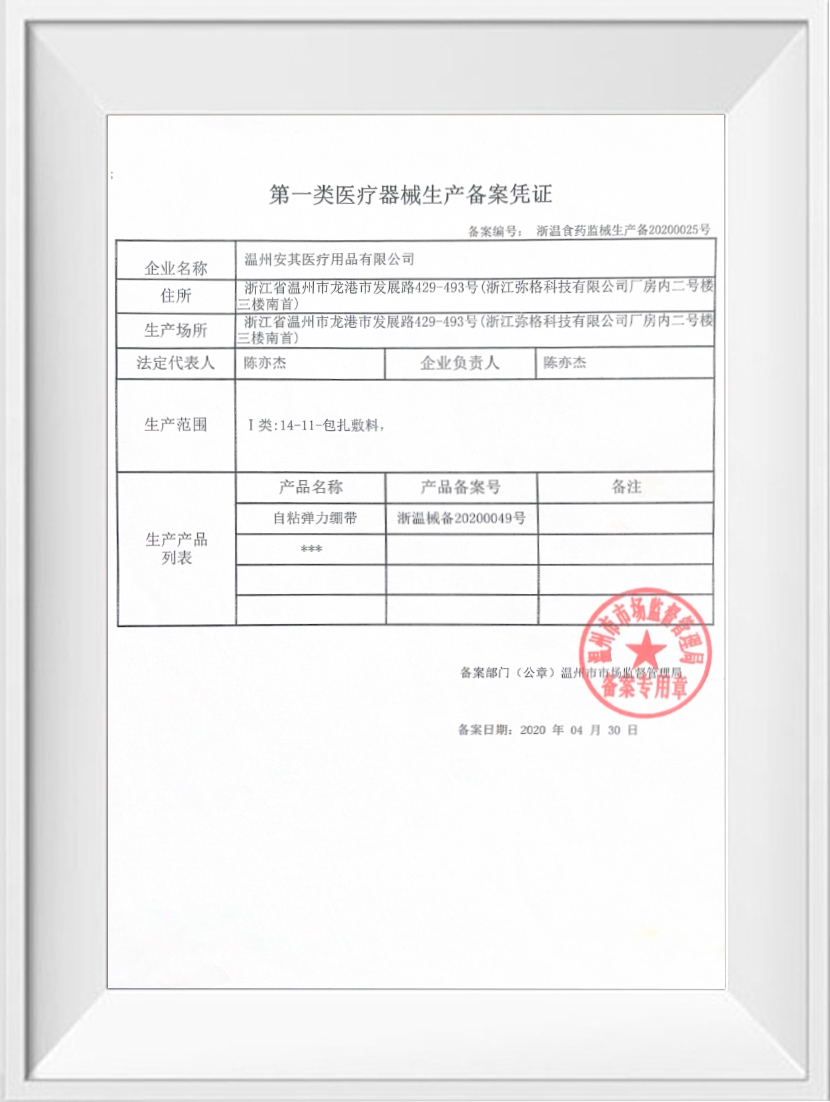Web Menu
Product Search
Exit Menu
We provide quality products and services to customers from all over the world.
What Is the Material to Choose for Athletic Tape for the Ankle?
Selecting the right athletic tape for ankle support requires more than just picking the option available. The ankle is a high-motion, high-impact area prone to sprains, strains, and instability—especially for athletes involved in sports that demand running, jumping, or sudden directional changes. Choosing the better material for athletic tape can make a significant difference in both prevention and recovery.

For ankle taping needs, rigid cotton or rayon-based athletic tape is a strong choice. These tapes are typically non-elastic, offering a firm hold that helps restrict excessive joint movement, which is crucial for preventing reinjury or stabilizing an already weak ankle. Cotton is breathable and relatively comfortable, while rayon-based tapes are often more durable and moisture-resistant, holding up better during intense physical activity.
However, if the goal is support without full immobilization, a hybrid tape made from a cotton-nylon blend with elastic properties may be better. These tapes—often referred to as elastic adhesive bandages—allow some flexibility while still providing compression and support. They are suitable for athletes who need to stay active while managing mild strains or returning from injury.
Another important factor is adhesive strength. Medical-grade acrylic adhesives are commonly used and preferred because they are hypoallergenic and maintain grip even when exposed to sweat. Some tapes also offer zinc oxide coatings, which add antibacterial properties and improve adherence to the skin.
Ultimately, the better material depends on the specific application. For stabilizing an acute injury, rigid non-elastic tape is ideal. For dynamic support during training or lighter injuries, elastic athletic tape may be more appropriate. Consulting with a physical therapist or sports trainer can ensure the selected tape material aligns with the user's specific needs and activity level.
Understanding consumer behavior involves more than just examining the product itself—it requires insight into motivations, expectations, and perceptions. The increasing popularity of waterproof muscle tape for pain relief can be attributed to a combination of psychological, functional, and emotional factors that influence purchasing decisions.
From a psychological perspective, one of the strongest drivers is the desire for autonomy and active participation in health management. Waterproof muscle tape gives users the feeling that they are taking direct control of their physical well-being, without the need for constant clinical intervention. This aligns with the growing consumer trend toward self-care and preventive health solutions, especially among athletes and fitness-focused individuals.
Another key factor is trust in performance and reliability. Waterproof muscle tape is designed to stay in place even during sweat, showers, or water-based activities. This dependable feature appeals to consumers who value durability and convenience, reducing the need for reapplication. Knowing the tape can remain effective through daily routines or workouts builds confidence in the product's capability to deliver relief.
Additionally, visual appeal and perceived technology play a role. Modern waterproof muscle tapes often come in bright colors or patterns, subtly reinforcing their identity as high-performance gear. Consumers may associate these features with professional athletic use, which enhances the perceived legitimacy and effectiveness of the product. Even if the therapeutic mechanism is relatively simple—such as improving circulation or offering light structural support—packaging and presentation can elevate perceived value.
Finally, pain relief is a powerful emotional motivator. When a product offers even mild comfort or improves mobility, it creates positive reinforcement, encouraging continued use and brand loyalty. If the tape helps reduce discomfort or supports activity without restricting movement, users are more likely to attribute their progress to the product, even if part of the effect is psychological.
Keep In Touch
No.455 New Town Development Road,Longgang City, Wenzhou City
Copyright © Wenzhou Anqi Medical Supplies Co., Ltd. All Rights Reserved.
Approval No: Zhejiang Wenzhou Food and Drug Administration Machinery Production Filing No. 20200025
The information provided on this website is intended for use only in countries and jurisdictions outside of the People's Republic of China.

 English
English русский
русский 中文简体
中文简体 Español
Español Deutsch
Deutsch عربى
عربى

